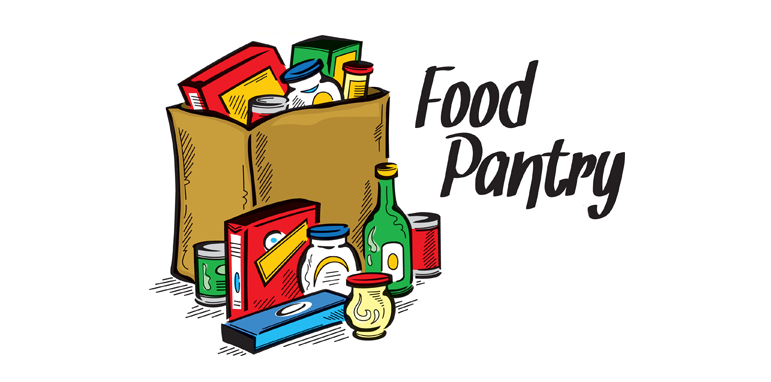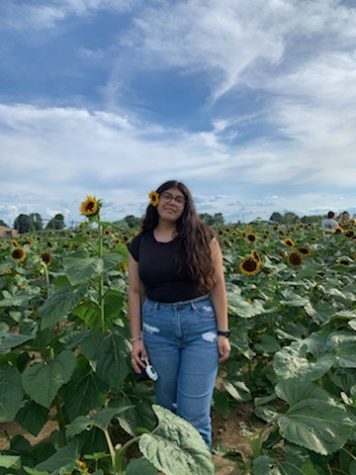The past, present, and future impact of food drives
December 1, 2022
Have you ever heard the name, John Van Hengel?
Van Hengel was a businessman who volunteered at his local soup kitchen. It was the 1960s and times were tough. A struggling mother suggested that there be a place where food can be stored and picked up at a time of need. Similar to a regular bank, the food bank was born.
Van Hengel opened St. Mary’s Food Bank, which became the nation’s first food bank. During the first year of operation St. Mary´s was able to distribute 275 thousand pounds of food to people in need. The idea of the food bank was adopted throughout the United States and in less than a decade, there were food banks in 18 other cities.
In 1979 Van Hengel created the first national organization for food banks. This organization went from Second Harvest to America’s Second Harvest the Nation’s Food Bank Network, and in 2008 the organization’s name was finalized to Feeding America.
Feeding America has blossomed into the largest and greatest organization to provide for those in need of food. There are now more than 200 food banks across the country. There are 15,000 food pantries and counting since 2015.
Hunger in America is experienced by 1 out of every 6 adults and 1 out of every 5 children for a total of 50 million Americans experiencing hunger.
Seasonal changes are always a hard time for people without food because they might be experiencing troubles with even getting to a food bank or food pantry. If there is any initiative you can take to help a person suffering from hunger please do so. Statistics only go up every year. Food banks and pantries collaborate with many other organizations but the existence of these resources doesn´t always mean that people in need can access them. There are many ways for you to help someone in need.
- Donate food
- Volunteer at your local food pantry
- Recommend your local food pantry to those in need
- Host a food drive
- Attend a campaign that raises awareness for hunger
In our very own Marion County, there are 45,570 children who are food insecure meaning that they don´t know when the next time will be that they have food at their house. Surrounding counties range from 190 children to 6,340 children who experience food insecurity.
Please remember to be kind and help whenever you can!
If somebody you know is struggling with food insecurity you can recommend these local food pantries.
- Gleaners Food Bank located at 3737 Waldemere Ave Suite 200
- Light & Life Food Pantry located at 8264 E County Rd 100 S
- Chapel Hill United Methodist Church Food Distribution Center is located at 963 N Girls School Rd
- Community Caring and Sharing Center located at 2830 S Holt Rd
- Midwest Food Bank located at 6450 S Belmont Ave
An alternative to helping or donating to a food bank directly is donating to a shelter. Both ways are great ways to help those in need. One donation makes a difference and it goes a long way. Be safe during the holiday season and stay warm.



